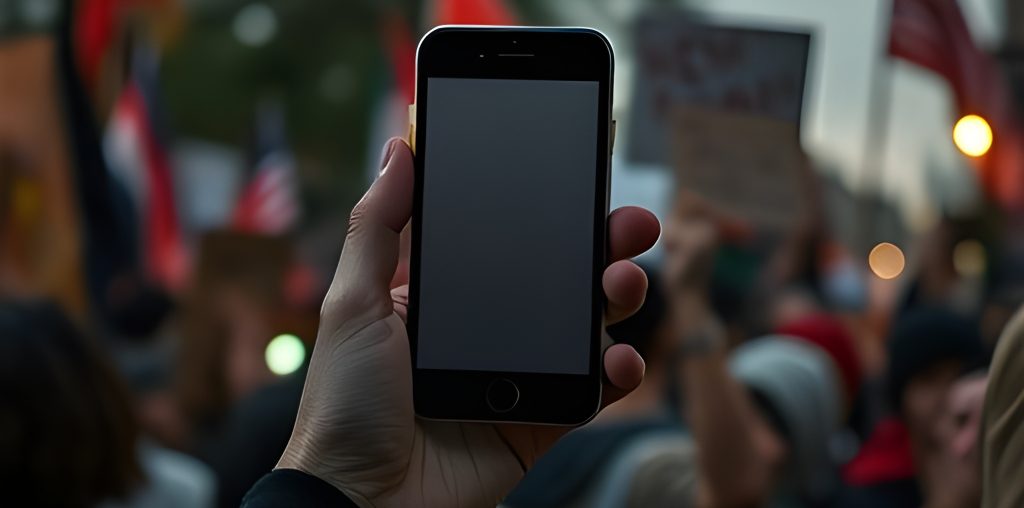Date: November 01, 2024 –
A striking example of the potential for change of digital platforms in this age of accessible online places for political and social mobilization is the July Movement in Bangladesh. The major infrastructure for organization, communication, and group action in what started as localized complaints soon grew into a nation wide movement, with digital platforms playing a significant role.
The Motive Behind Digital Connection:
The quick dissemination of information, coordination of protests, and creation of a feeling of collective identity among participants were all greatly aided by social media platforms, especially Facebook, Twitter, and messaging apps like WhatsApp. It helped bringing together people from all walks of life to stand against injustice.
Visual Storytelling and Emotional Engagement
Images and brief video snippets become powerful tools of digital advocacy. Smartphone footage of protest scenes, incidents of police involvement, and personal testimony went viral, bringing out both domestic and worldwide sympathy. These violent stories adapted abstract political anger into emotionally interesting personal experiences.
Challenges and Controversies
While social media was a vital mobilization tool, it also offered great challenges:
– Potential for misinformation
– Government tries to ban digital communication
– Risk of digital spying
– Echo chamber effects
The Global Dimension
The July Movement’s social media campaign confirmed international notice. Hashtags, live streaming, and strategic digital campaigns got worldwide sympathy, putting pressure on local authorities and providing an unprecedented level of openness.
Demographic Dynamics
People who are into tech especially students played a major role in the movement. Their digital literacy and strategic use of platforms showed how technology can be a powerful weapon of political change.
Lessons for Future Movements
The July Movement gives significant insights on modern digital activism:
– Technology can democratize political involvement – Strategic digital communication can transcend traditional organizational restrictions – Authentic, personal narratives are more powerful than institutional messaging
Conclusion
Social media during the July Movement was more than just a communication tool—it acted as the movement’s nerve system. By providing infrastructure for organizing, amplifying voices, and creating a feeling of communal purpose, social media platforms transformed regional anger into a nationwide call for change.
As Bangladesh moves forward, the legacy of this digital revolution will surely affect future social and political movements, both within the country and abroad.
Reference:
- https://www.aljazeera.com/news/longform/2024/8/7/how-bangladeshs-gen-z-protests-brought-down-pm-sheikh-hasina
- https://www.thedailystar.net/opinion/views/news/july-revolution-and-gen-zs-march-mass-political-awareness-3675326

[…] and amending restrictive laws could foster a culture of transparency, civic participation, and freedom of expression, essential components of any democratic […]